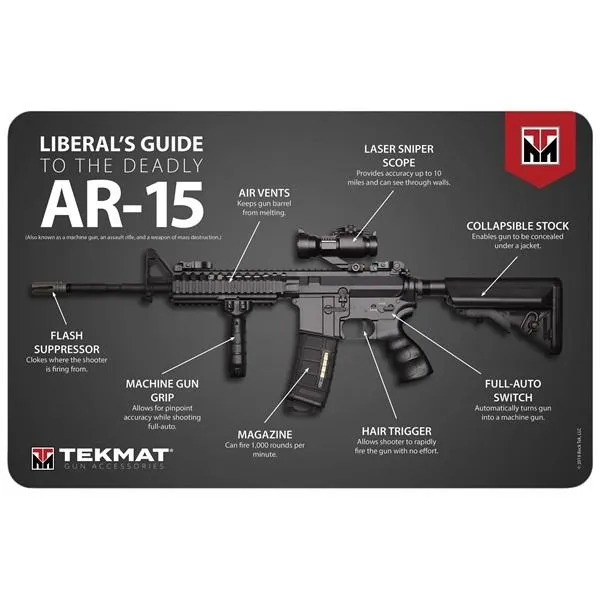
AR15 Bolt Carrier Groups
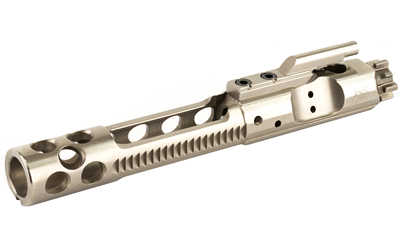
Pictured: Spike's Tactical Lightweight Nickel Boron BCG
The AR-15 Bolt Carrier Group (BCG) is a critical component of the AR-15 rifle platform. It's responsible for the cycling and chambering of rounds during firing. Here's an overview of its components and functions:
Bolt: The bolt is the part of the BCG that locks into the barrel extension and seals the chamber during firing. It also extracts and ejects spent cartridge casings.
Carrier: The carrier houses the bolt and moves back and forth within the upper receiver during the cycling of the rifle. It houses the bolt and firing pin.
Firing Pin: The firing pin is housed within the bolt carrier and strikes the primer of the cartridge to ignite the powder and propel the bullet.
Gas Key: The gas key is attached to the top of the carrier and interfaces with the gas tube. It receives high-pressure gas from the barrel's gas port and directs it to drive the BCG rearward during the firing cycle.
Gas Rings: These rings create a seal between the bolt and the inside of the carrier, preventing gas leakage during the firing cycle.
Extractor: The extractor is a claw-like mechanism on the bolt that grips the rim of the cartridge case, allowing it to be pulled from the chamber during the extraction process.
Extractor Spring and Buffer: These components provide tension to the extractor, ensuring it maintains a secure grip on the cartridge case.
Cam Pin: The cam pin allows the bolt to rotate and lock into the barrel extension during the firing cycle.
The AR-15 BCG is known for its durability and reliability, and it's crucial to the proper function of the rifle. It's often subject to maintenance and cleaning to ensure smooth operation and reliability. Different configurations and materials can be used in BCGs to tailor them to specific needs, such as weight reduction or enhanced performance in adverse conditions.
So what are some of the options and differences between Bolt Carrier Groups?
The AR-15 Bolt Carrier Group (BCG) comes in various configurations and materials, each offering distinct advantages and differences. Here are some common options and their differences:
Materials:
Steel: Traditional BCGs are made from steel. They are durable, reliable, and offer good performance under various conditions.
Stainless Steel: Stainless steel BCGs provide corrosion resistance, making them suitable for use in harsh environments or for shooters who prioritize easy maintenance.
Titanium: Titanium BCGs are lightweight and corrosion-resistant. They are popular among shooters who want to reduce the overall weight of their rifles without compromising reliability.
Nickel Boron (NiB): NiB-coated BCGs have a smooth, self-lubricating surface that enhances reliability and makes cleaning easier. They also offer excellent corrosion resistance.
Coatings:
Phosphate: Phosphate-coated BCGs are the traditional choice. They offer good durability and corrosion resistance while being relatively inexpensive.
Nitride (Melonite): Nitride-coated BCGs have a hard surface finish that enhances durability and wear resistance. They also provide excellent corrosion resistance.
Diamond-Like Carbon (DLC): DLC-coated BCGs offer an extremely hard and slick surface that reduces friction and wear. They are highly durable and provide excellent corrosion resistance.
Weight:
Some BCGs are designed to be lightweight by removing material from non-essential areas while maintaining structural integrity. Lightweight BCGs reduce reciprocating mass, which can result in reduced recoil and faster cycling. (See picture of Spike's Tactical BCG above)
Full-Auto vs. Semi-Auto:
BCGs are available in both full-auto and semi-auto configurations. Full-auto BCGs have a longer rearward travel distance, which may slightly enhance reliability in some rifles. However, in a semi-automatic AR-15, a semi-auto BCG is typically sufficient.
Enhanced Features:
Some BCGs come with enhanced features such as enhanced bolt designs, improved gas rings, and improved extractor designs. These features may enhance reliability, ease of maintenance, or overall performance.
An adjustable gas bolt carrier group (BCG) for an AR-15 rifle offers the ability to fine-tune the gas system for optimal performance, reliability, and recoil management. Here's an overview of how an adjustable gas BCG works and its potential benefits:
Functionality:
An adjustable gas BCG typically features a gas key that can be adjusted to control the amount of gas flowing into the rifle's gas system. This adjustment allows the shooter to regulate the amount of gas pressure required to cycle the action reliably.
Gas Regulation:
By adjusting the gas flow, shooters can optimize the rifle's cycling for various factors, including different ammunition types, suppressor use, or adverse environmental conditions. This adjustability can help mitigate issues such as over-gassing or under-gassing, which can affect reliability and felt recoil.
Recoil Management:
Properly adjusting the gas flow can also help manage felt recoil, muzzle rise, and bolt carrier velocity, improving the shooter's ability to stay on target for faster follow-up shots and increased shooting comfort.
Suppressor Compatibility:
Adjustable gas BCGs are particularly beneficial for AR-15 rifles equipped with suppressors. Suppressors increase backpressure in the rifle's gas system, which can lead to over-gassing and excessive wear. With an adjustable gas BCG, shooters can fine-tune the gas flow to ensure reliable cycling while using a suppressor.
Versatility:
Adjustable gas BCGs offer versatility for shooters who may use their AR-15 rifles in a variety of shooting environments and conditions. Whether shooting competition, hunting, or tactical applications, the ability to adjust the gas system provides adaptability to different scenarios.
When selecting an AR-15 BCG, it's essential to consider factors such as intended use, budget, and personal preferences. Higher-quality materials and coatings generally result in increased durability and reliability, but they also come at a higher cost. Ultimately, the best choice depends on the individual shooter's needs and preferences.



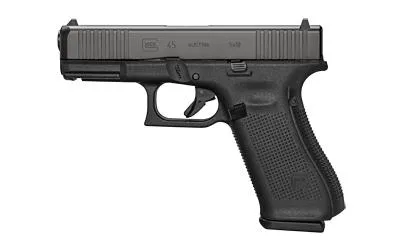
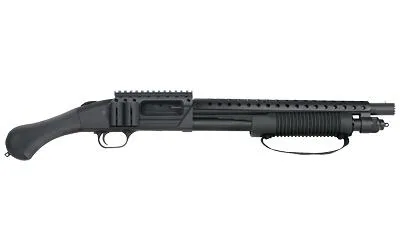
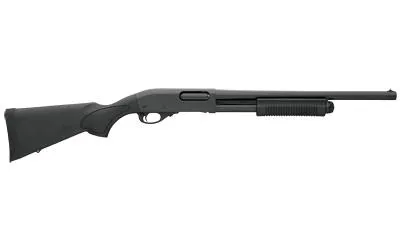

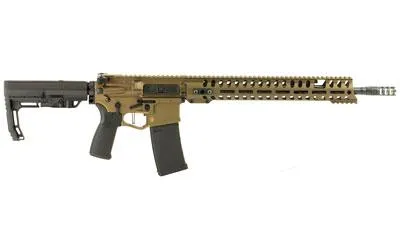
Facebook